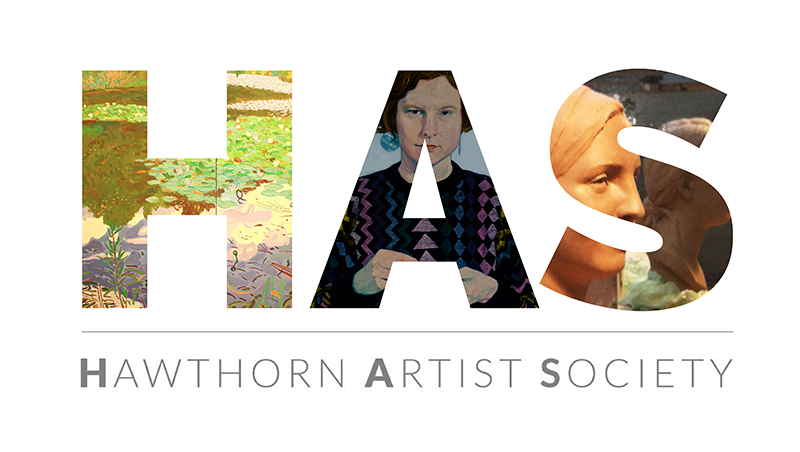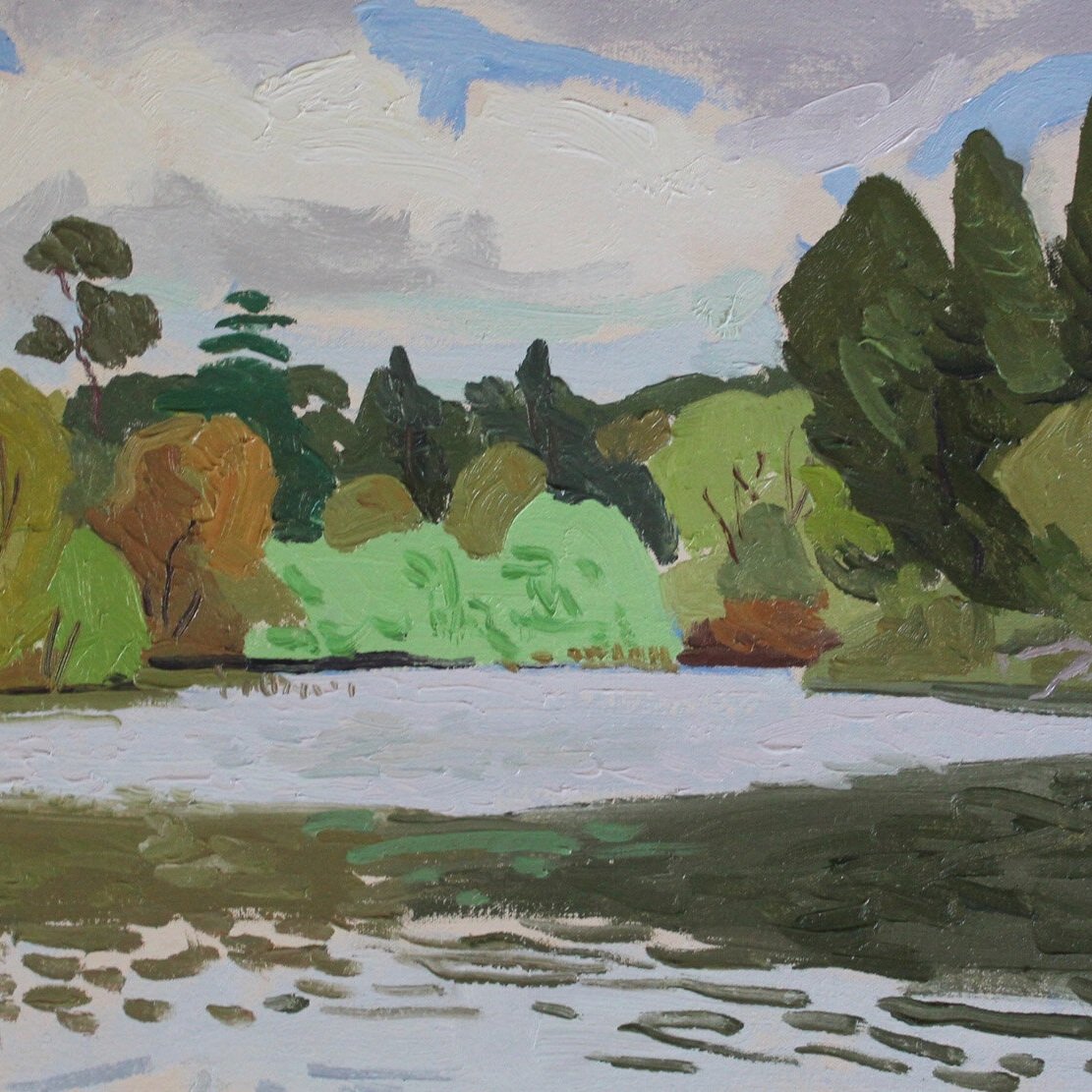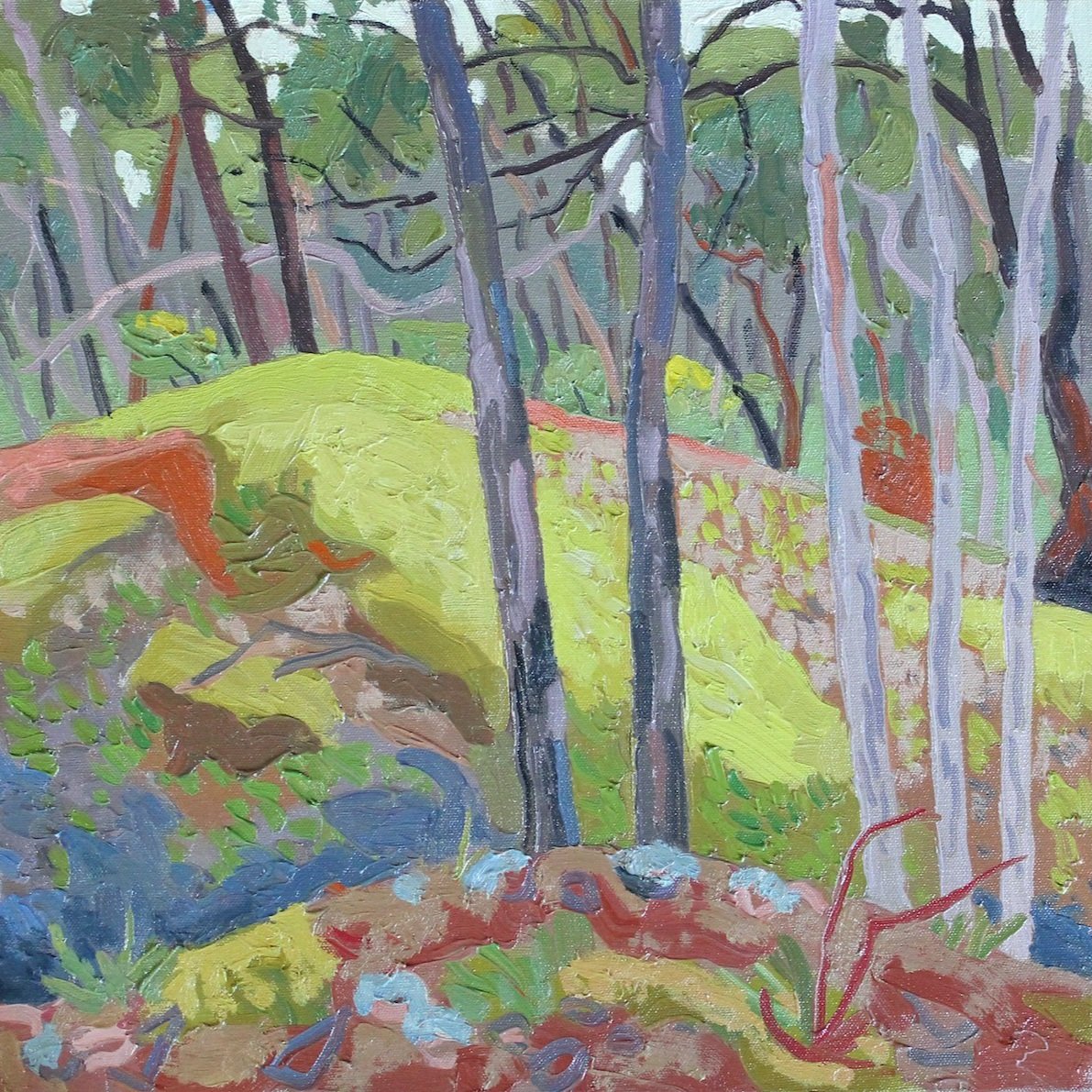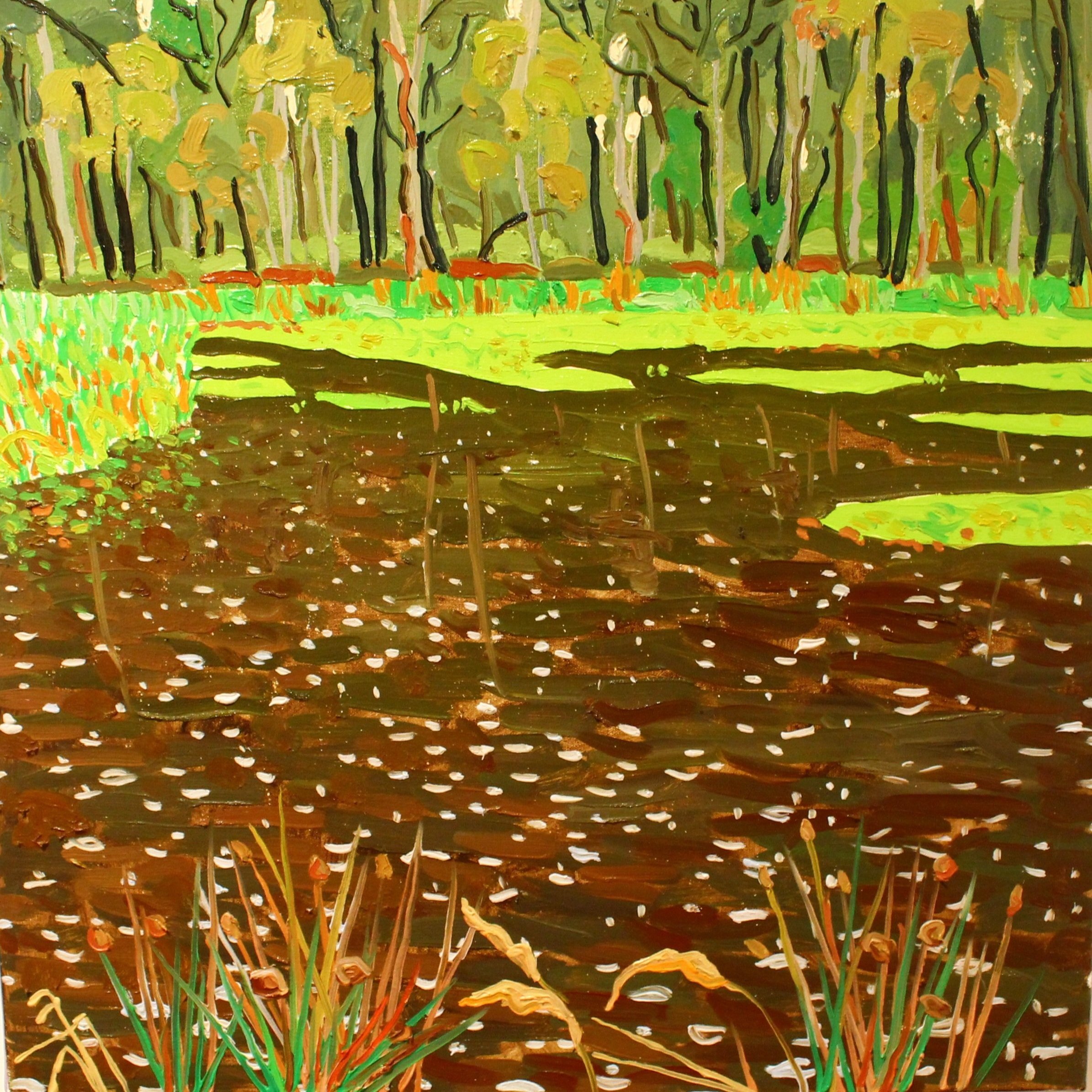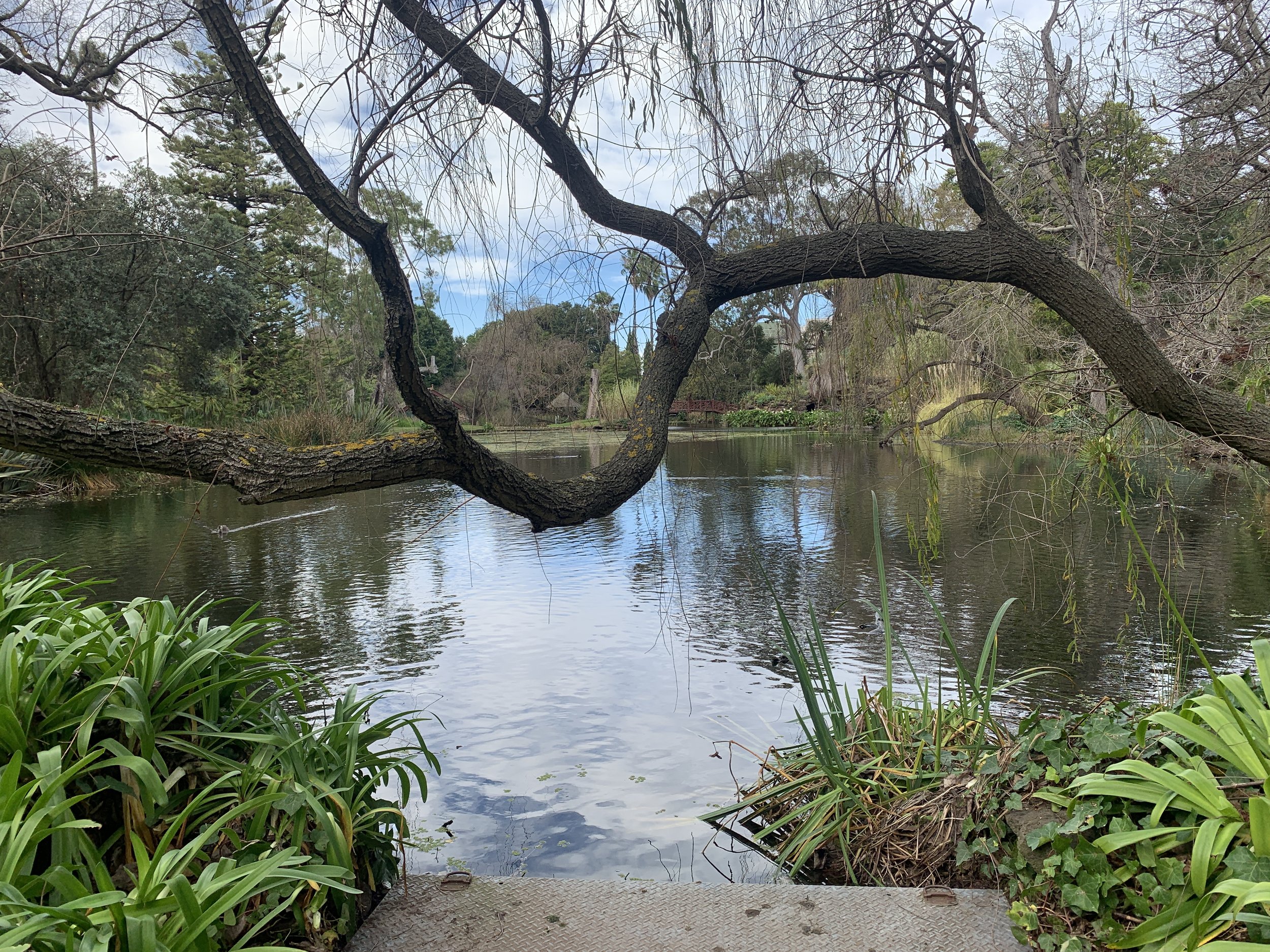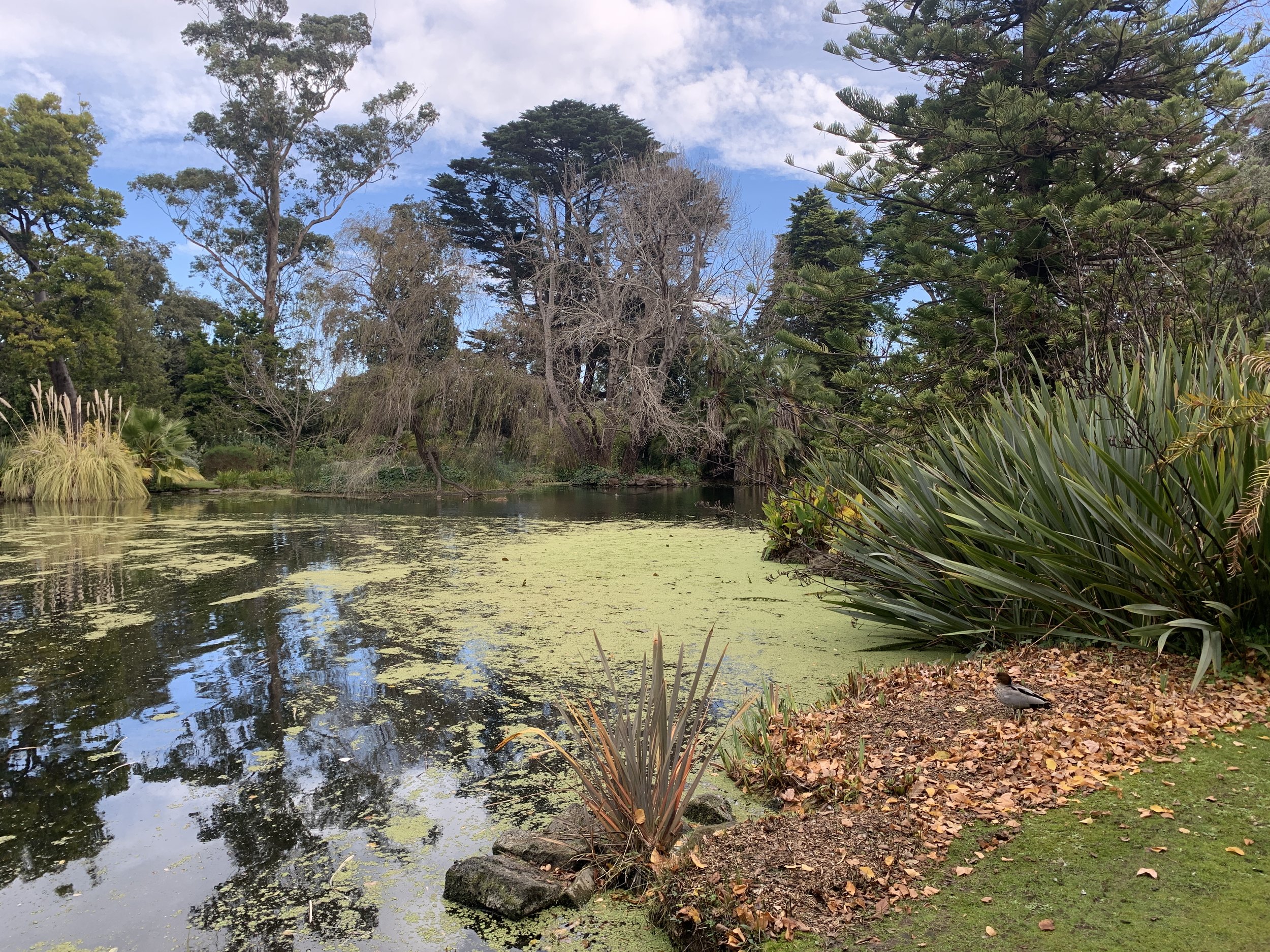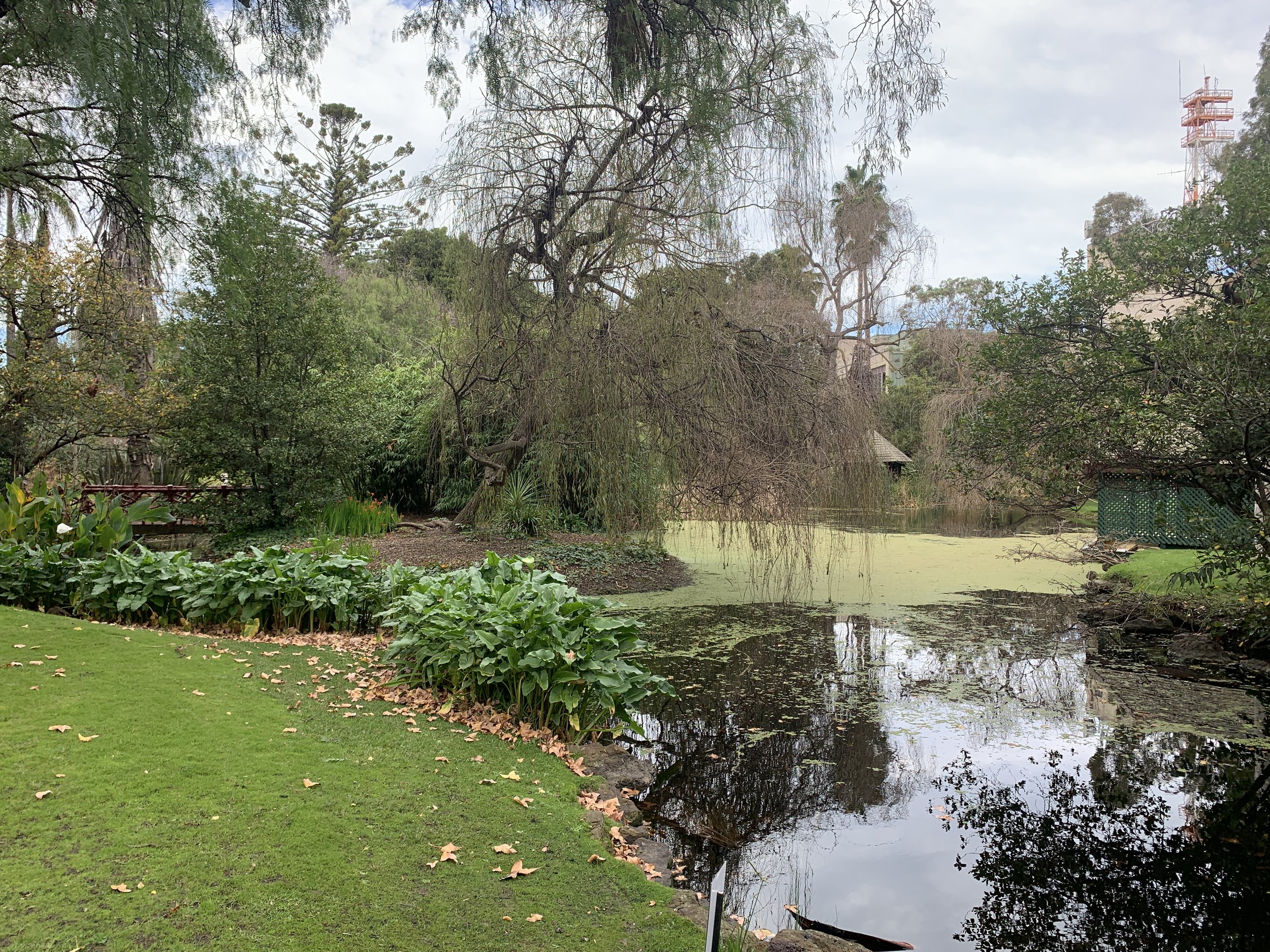3 Sundays at Rippon Lea
MARK DOBER
En plein air painting workshop
Sunday 7 April, Sunday 14 April and Sunday 21 April 2024, 10am - 2pm.
Rippon Lea Estate is situated at 192 Hotham Street, Elsternwick.
In three workshop sessions with Mark, you will learn about composition and structure; seeing and mixing colour and tone. You will work with positive and negative shapes and use patterning as a way of differentiating elements and clarifying spatial relationships. Build the paint surface, maximizing the expressive potential of each piece of work.
Mark Dober combines demonstrating with his own painting; while giving everyone individual attention and assistance. Each session winds up with a discussion/critique of everyone’s work.
Entry fee is in addition to the workshop
Entrance to the Estate is via the Gatehouse on Hotham Street. Admission to the grounds of Rippon Lea is $15 for adults and $12 for concessions, for each of the three Sundays of the workshop. However, National Trust members and Glen Eira residents (with proof of identity) enjoy free entry. Please note that this admission fee is in addition to the Worksop fee.
Operating hours are daily from 10am - 5pm (last entry at 4:30 pm). The Tea Rooms offer takeaway options for hot and cold drinks, ice cream, and biscuits.
Our painting workshop will favour the front corner of the estate, featuring the lake. Participants will understand the organic link between seeing and painting when working plein air. Strategies for coping with the changing light. How to build the paint surface step by step without muddying the colour. Understanding that seeing is in some sense subjective, and our work will express our personal response to the subject.
This is an oil painting workshop.
-
An easel – French Box easel recommended. If you want to sit (I do) bring a folding stool.
Canvases – the aim is to complete one painting each session. So 3 canvases. I recommend having on hand a few more, of different sizes, so that you can be flexible about which canvas to use on the day. I will demonstrate on stretched canvases 40 x 50 cm. You might like to go up to 50 x 60 cm in size.
Paints – I use Art Spectrum. Use whatever brand you are familiar with and bring whatever colours you have. My palette that I will demonstrate with is Titanium White, Spectrum Yellow, Yellow Ochre, Cadmium Orange (series 4), Spectrum Red, Ultramarine Blue, Prussian Blue, Emerald Green, one of the Violet colours.
Paint medium – I now use straight linseed oil. Bring your favourite medium, and a dipper or small jar. If purchasing, Art Spectrum #2 is best.
Brushes – bring a few bristle brushes of different sizes. I prefer the square ended type. You don’t need a lot of brushes, half a dozen will do. Also a palette knife.
Palette - I use a large size piece of Masonite. Don’t bring a small size.
Mineral turps – in a small jar, with a lid, to clean brushes (or you can simply use linseed oil as an alternative).
Rags or paper towels, and a plastic bag to dispose of these.
Bring your lunch (Rippon Lea do have a café, good for coffee), a hat, and sun screen.
The Lake was expanded in the 1880s to incorporate exotic plants, five water jets concealed in rocks, a grotto, and a mound featuring a tower. The lake is populated with black duck, chestnut teal, grey teal, moor hen and hoary headed grebe. The water also supports eel, carp, and tortoises. A wide variety of plants adorn its banks.
At the highest point overlooking the lake, an elaborate lookout tower was constructed in the late 1870s, offering panoramic views extending as far as Port Philip Bay.
One of the islands on the lake features a boathouse, serving as a reminder of a more leisurely age. From here you can see the lookout tower high above the grotto and waterfall. In 1903, cast iron bridges were placed across the lake, fabricated in the rustic form of tree branches.
If you face in the opposite direction, you will have the lawns, garden beds archery hut and magnificent trees as your subject.
Please note that a specific areas has not been reserved for the workshop, unlike a wedding event. Attendees will be situated on the periphery of these sections to observe the views, and there's a possibility of being asked to relocate to accommodate wedding photography. This is a risk inherent in enjoying such a unique location.
Originally, the property functioned as a large, self-sustaining farm, approximately twice its current size. It opened to the public for the first time on Friday, February 22, 1974.
-
Parking
Should you have mobility issues where offsite parking is problematic please email ripponlea@nattrust.com.au to arrange suitable access.
To accommodate requests we prefer 48 hours’ notice.
Bathrooms
Toilets are located near the stables complex at the eastern end of the property. A child change table is located within the ambulant toilet cubicle.
Mansion
There is disabled access to the ground floor only of the Mansion. There is an iPad available for people doing a guided tour with pictures of what is located on the upper floor. Please speak to the guide. Prams can not be taken through the mansion. They can be left on the step at the front door.
Grounds
Please note that the garden paths are gravel and can make wheelchair access difficult. Please speak to the staff upon entry for a map that highlights the more wheelchair-friendly paths.
Note: Only accredited Assistance animals are permitted on site (except for our annual Father’s Day Bring Your Dog Day event)
-
Rippon Lea Estate is open daily, 10am – 5pm (last entry 4.30pm)
The Tea Rooms are open for takeaway hot and cold drinks, ice cream, and biscuits.
Entry fees are the responsibility of each participant and are in addition to workshop fees charged by HAS. Entry fees apply for each of the 3 Sundays of the workshop. This policy is due to the variation in charges that may apply to participants depending on their individual circumstances.
Mansion tours operate throughout the day subject to guide availability, with the last tour at 2pm at additional cost to entry to the grounds.
Please note that entry to the mansion is only offered by guided tour. See National Trust site for more information.
The workshop has not booked a specific area, as a wedding would do; we are really on the edge of these sections, to observe the view of each section. For this reason, there is the possibility you may be asked to move, to be out of frame for wedding photography. This is the risk of enjoying such a unique location.
If the workshop should be postponed due to rain, a replacement session the following weekend will be arranged (admission fees apply again).
If the details above are not acceptable to you, please do not book the workshop, as no correspondence will be entered into about these conditions.
Refunds may only be considered in truely exceptional circumstances and will be at the discretion of the Studio Manager. HAS does not offer 'change-of-mind' refunds.
A previous years Artist Talk from Mark Dober
Dr Mark Dober's exceptional lecture discussed the practice of painting outside or En Plein Air. While the practice has been around for a long time, it first became a recognised movement with the Barbizon school around the early to mid-1800’s in north central France. Its practitioners were artists like Rousseau, Corot, and Jean-Francois Millet. The 1860’s saw the technique further developed by the French impressionists then perfected in the work of Paul Cezanne and Vincent Van Gough. Painting directly outdoors in the French manner had world -wide repercussions. It influenced our own Heidelberg School and the Californian Colourists in the early 1900’s.
This painting tradition informed Fred Williams and continues today with artists like Mark Dober and Mary Tonkin. Mark Dober had his first solo exhibition at Gertrude Street in the mid 90’s, a portrait show. It was here that his work came to the notice of Robert Nelson The Age art critic who gave the exhibition a favourable review. Mark also had several exhibitions at Goya Galleries in the late 90’s. His work at this time favoured pastoral scenes often depicting cows in various droll poses, some sitting and some just chewing. Each one had been painted outside.
Mark’s Studio was outside and his paintings convey the immediacy of being on the spot. It is here the practiced eye can see a vast difference between painting and drawing made in response to something experienced and felt compared to work based on memory or photographic reference. Nature has a life force and a movement energy which artists pick up on. Just being there means the subject is experienced first-hand. This connection between artist and subject becomes a catalyst enabling paint and canvas to come alive as real time experience. This mysterious transformation is why we paint and it just cannot happen when only photographic reference or memory is used.
Copying from a photograph amounts to a second hand experience and it always shows in the work. Mark’s paintings are true and beautifully coloured, his observed forms and spaces distil into elegant and convincing shorthand. His colour is chromatic rather than tonal and the harmonies achieved demonstrate a combination of local, heightened and sometimes invented colour. His work today continues the Plein Air tradition which values a direct painterly response before nature. Rain, hail or shine. Mark has a PHD in Painting from Monash University, is widely exhibited, and is a published writer for Art Monthly Australia, Artists Profile, and Australian Art Review
